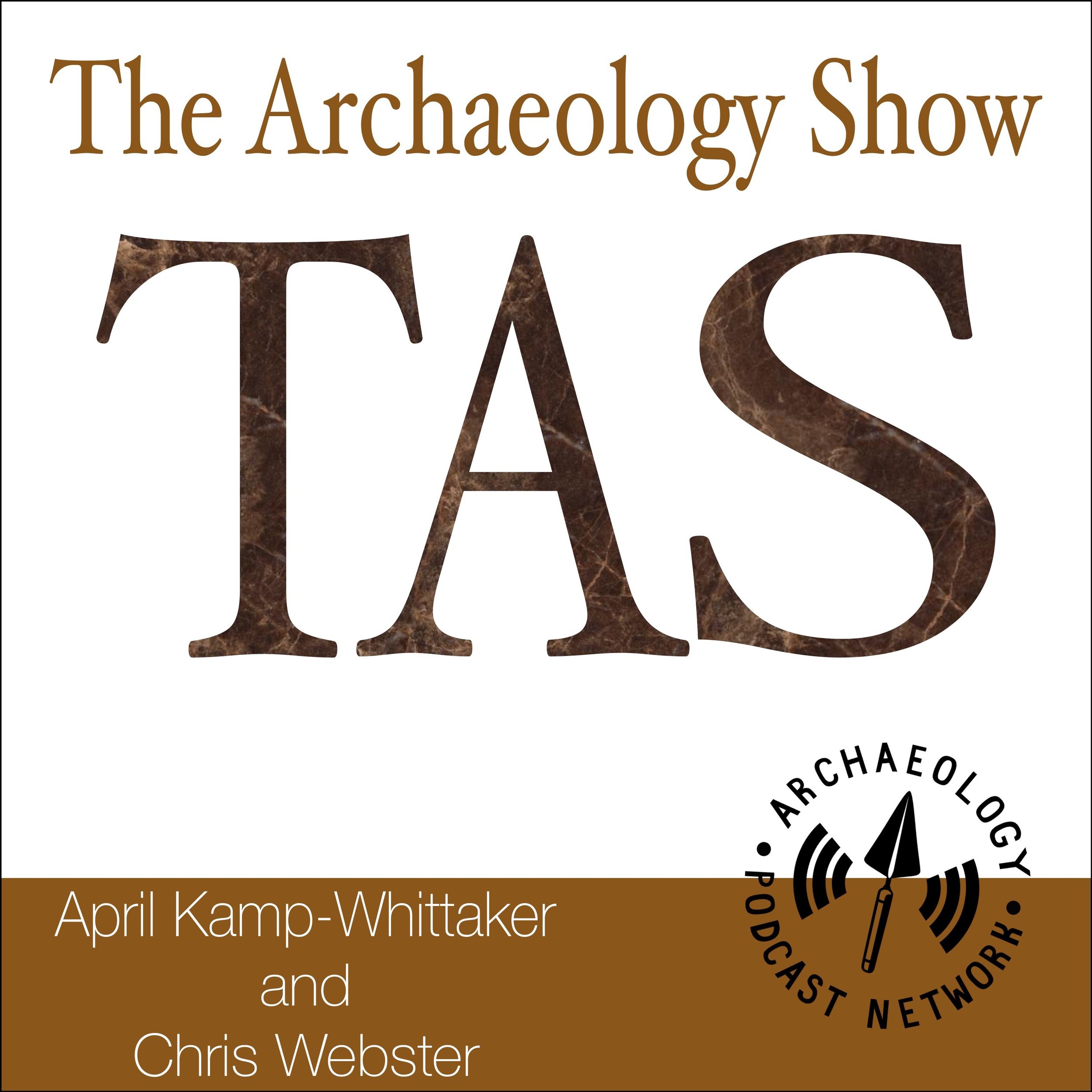Sheep husbandry quickly spread across Europe from the Near East. Up until the Iron Age, sheep would have largely been small, short tailed and varied in colour.
Goats were most likely domesticated in South West Asia, possible South East Europe. They are hardy and versatile animals which require relatively little care. Primitive goats would have had coarse hair and large horns. One such example is the present day British Primitive Goat, a rare breed now limited to few feral herds and captive individuals.
Sheep were a staple domesticate and, as such, used for a variety of products. In antiquity, wool was generally one of the most important products deriving from sheep farming. Goats would have also been kept for their hair and skins. Milk and meat would have also been important to different extents, and we can gage such extent based on what we recover archaeologically. Based on the kill off pattern of the specimens recovered within our assemblage, we can in fact argue what products sheep and goats would have been likely kept for. For instance, a high percentage of culled juvenile males suggest a milk-based economy
Sheep and goat are both Caprinae, and as such they will have uncannily similar morphological characteristics. The two can actually hybridise but this will inevitably result in infertile offspring, known as sheep/goat hybrids or geep. Telling the two species apart in the archaeological record is a task that requires outstanding observational skills and plenty of practice, and has been the focus of intensive research in recent years. Separating the two species is important as they will provide different information about the economy and environment they were part of.
A by no means exhaustive list of how to distinguish between sheep and goat bones is provided below:
1) Horns: Sheep horns tend to be parallel while goat horns are more divergent.
2) Teeth: In sheep, the third cusp of the third molar presents a small lip, while the third premolars appears square in sheep and triangular in goat.
3) Other diagnostic postcranial elements include the astragalus, distal humerus, calcaneum and metapodials.
Guest Interview: Albína Hulda Pálsdóttir
Find out more about our guest and her projects
Reference collection: https://www.icelandiczooarch.is/
Project website: https://www.mn.uio.no/cees/english/research/projects/690456/index.html
Follow Albina on twitter: https://twitter.com/AlbinaIcelander
Further Reading
Seder, M. , Latham, H. (2010) ‘Assessing the reliability of criteria used to identify postcranial bones in sheep, Ovis, and goats, Capra’
Journal of Archaeological Science (2010) 1-19
Crabtree, Pam J. 1995 The symbolic role of animals in Anglo-Saxon England: Evidence from burials and cremations. In The Symbolic Role of Animals in Archaeology. K. Ryan and P. J. Crabtree, eds. Pp. 20-6. MASCA Research Papers in Science and Archaeology. Philadelphia: University of Pennsylvania, University Museum
Russel, N. (2012) Social Zooarchaeology: Humans and Animals in Prehistory
Cambridge: Cambridge University Press
King, A. (1978) A Comparative Survey of Bone Assemblages from Roman Sites in Britain. Institute of Archaeology - London 15
Salvagno, L. And Albarella, U. (2017) ‘A morphometric system to distinguish sheep and goat postcranial bones’. PLoS ONE 12(6): e0178543.
https://journals.plos.org/plosone/article?id=10.1371/journal.pone.0178543
Fagan, B. (2015) The Intimate Bond: How animals shaped human history
London: Bloomsbury Press
Contact
Alex Fitzpatrick
Simona Falanga
Music





